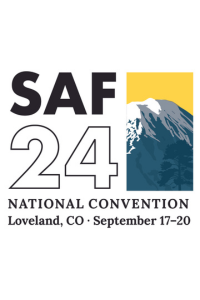Back
Poster
Forest Technology
An Examination of NASA’s Ice, Cloud, and Land Elevation Satellite-2 for Assessing Hurricane-driven Forest Disturbance
Thursday, September 19, 2024
9:30 AM – 10:30 AM MST
Location: McKee Hall

Ajay Gautam
Graduate Research Assistant/ Master's Student
Auburn University
Auburn, Alabama, United States
Poster Presenter(s)
Hurricanes pose a major threat to coastal areas of the Southeastern United States. The Ice, Cloud, and land Elevation Satellite 2 (ICESat-2) is a spaceborne lidar mission for observing ice elevation, topography, and vegetation characteristics. In this study, we investigate ICESat-2 to assess storm impact, focusing on Hurricane Sally.
Learning Objectives:
- Upon completion, participants will be able to understand that damage inflicted on forests by hurricanes is critical for post-recovery and for projecting future ecosystem services. The Ice, Cloud, and land Elevation Satellite 2 (ICESat-2) mission presents an opportunity to monitor ecosystem characteristics by using photon counting-based altimetry. This study will describe the utility of ATL08 (Land and vegetation product) for generating pre- and post-canopy metrics to access vegetation structural changes over the path and extent of Hurricane Sally.
- Upon completion, participants will be able to describe accuracies derived from spaceborne light detection and ranging platforms like the ICESat-2 for demonstrating changes in canopy height and canopy cover over a broad regional area with temporally co-incident airborne lidar from airborne and field platforms. This study further describes the multi-resolution ability of ICESat-2 utilizing canopy parameters derived from the ATL08 (Land and vegetation product) for hurricane-driven forest structural damages.

